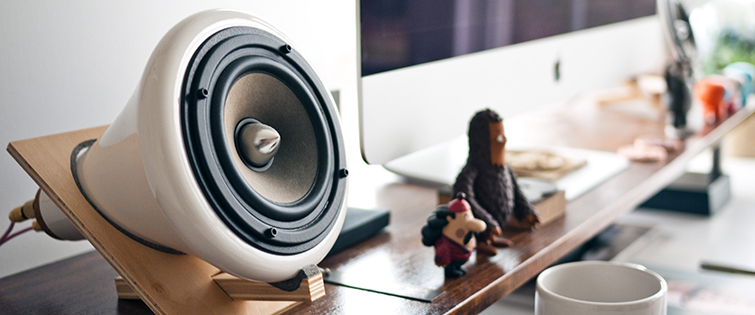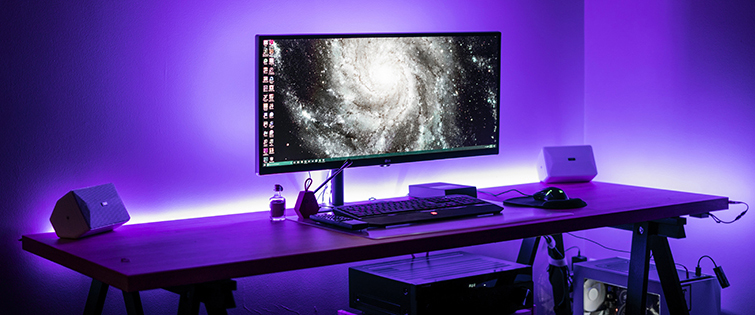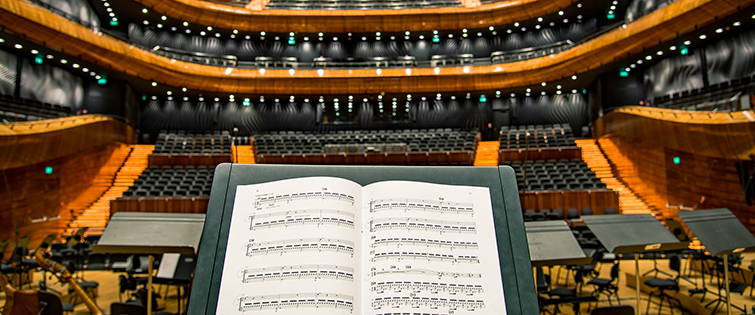13/07/2018
Which audio setup suits you?
What kind of music system should you choose? What speakers should you use? Should you go for wired or wireless speakers? Do you need a separate sub? Should you have your TV audio linked to the speakers in the ceiling? Do you need a 7.1 surround sound system? Will a 5.1 channel sound system do just fine? Or would the sound of the TV be sufficient?… With so many options out there, making the right choice on the ideal multimedia solution that would suit you and your family
So what should you consider when making these choices? One important question we suggest you ask is: - what role would it play in your real Smart Home? That’s a good place to start, and here are a few more suggestions we have to share…

MULTI-ROOM AUDIO IN A REAL SMART HOME
It’s fair to say that music can probably be found in a lot of what you and your family do. From background music playing in the kitchen while you’re getting dinner ready to a specific playlist that you’ve put together to create an ideal atmosphere at one of your summer BBQs. It’s no wonder, with music playing such a prevalent role in our lives, that we see it as an essential element of a real Smart Home.
WHICH SETUP SUITS YOU?
The Music Server and a good set of speakers are a great solution to offer you and your family a fantastic multi-room audio experience. When it comes to the living room though, one question usually comes up: should you have your home cinema system connected to your audio system?
Here are a few different considerations before deciding to have this level of integration.
Option 1: Keeping it simple
A simple yet effective option would be to have speakers installed in the ceiling, or walls – with the quantity determined by the size of the room. In this option, the TV is not linked to the smart home system and the audio from the TV is played through the device’s own built-in speakers. This simple and reliable option still lets you enjoy many smart home features that one multimedia Server delivers without worrying about integration with your TV.

Option 2: An elevated sound experience
For all those who would like to enjoy the latest Hollywood blockbuster with a more impressive audio experience, then you’d probably want to look at getting yourself a good quality soundbar which connects directly to your Smart TV for more of a cinema-feeling to go along with your box of popcorn. When it comes to your daily dose of music – such as your favorite radio station or that perfect evening playlist – this would still be handled entirely by the multimedia Music Server and the dedicated speakers. This keeps your smart home multi-room audio functionality separate from the soundbar. An advantage of this would be that when you change the soundbar, this won’t impact your smart home configuration – and again, you don’t have to consider compatibility.

Option 3: For the audio connoisseurs
Looking to go a bit more high-end? Then we’ve got another suggestion… For real audiophiles, you’ll probably want to go for the full surround sound experience, complete with a sub-woofer for rich bass – not only for when you’re settling in for movie night but also for when you’ve got your go-to playlist on repeat.
Here, we’d recommend an alternative to the standard speakers – opting rather for a 7.1 channel system, for example. That said, it is important to note the requirements of such a system to ensure that you can still benefit from real Smart Home functionality. For ideal integration, your choice of a surround sound system needs to have a network connection that supports UPnP or DLNA (#).
As long as one of these standards is supported, then the separate surround sound system could be connected to the Music Server. This means your surround sound speakers can then serve as a multi-room audio zone in your living room and output all related audio such as your favorite radio station, party playlist (or even being notified when someone is at your front door).
It is really important to note though, that if you ever change your surround sound system this may require a visit from BG2e technical team for some changes to the configuration to ensure you can still enjoy the intended level of smart home functionality.

Professional Tip
We don’t advise having your TV audio routed to play through your multi-room audio speakers. Due to an extra step the audio would take to get to the speakers, you would end up getting a slight delay in the audio which would be out of sync with the picture.
(#) - UPnP (which stands for Universal Plug and Play) is a feature that allows the devices on your home network to discover each other and access certain services. Often, this is used for streaming media between devices on a network. Tons of different devices support UPnP streaming nowadays (or its cousin, DLNA), which is great, because it means you can rip or download media to your home computer and stream it directly to your TV - no transfer of files required.
Source: Loxone Smart Home